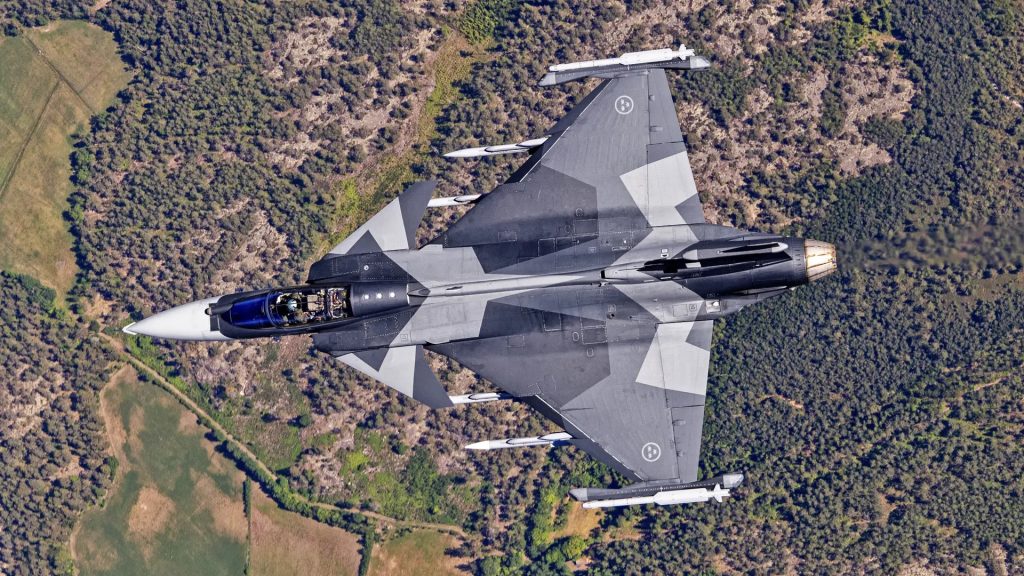EU Boosts Defense Initiatives Amid U.S. Shifts
Driven primarily by anxieties over the U.S.’s closer alignment with Russia and a withdrawal from longstanding NATO affiliations, the European Union has launched a new initiative aimed at significantly increasing defense expenditures and local weapons production. This ‘buy local’ strategy may effectively exclude U.S. manufacturers from billions in arms sales.
In response to U.S. President Donald Trump’s implementation of tariffs and his controversial remarks suggesting Canada should join the U.S., Ottawa is currently engaging in discussions about joining this EU defense initiative.
On Wednesday, the EU released a white paper outlining the “European Defense Readiness 2030” plan. The initiative proposes a substantial increase in defense budgets, aiming for an 800 billion Euro ($872 billion) fund to enhance European armament production. This includes a targeted 1.5% increase in GDP for defense spending, expecting to raise approximately 650 billion Euros (around $709 billion), as well as 150 billion Euros ($163 billion) through the new Security Action for Europe (SAFE) loan program for critical defense investments.
The white paper highlights a shift in focus among traditional allies, including the U.S., moving away from Europe toward other global regions. The document emphasizes the urgency for Europe to increase its own defense capabilities to effectively deter potential threats, particularly from Russia and the ongoing conflict in Ukraine.
Although the loans under the SAFE initiative will be exclusive to EU member states, it allows for participation in joint arms purchases by friendly nations outside the bloc. Notably, while countries like Ukraine and Norway are eligible to participate, the U.S. and U.K. are not included, limiting their ability to sell arms under this new plan.
Concerns about the reliability of U.S. military support have intensified, particularly after incidents where Trump cut off arms and intelligence to Ukraine, leading to fears about potential restrictions on the operability of crucial U.S.-made weapons, like the F-35 fighter jets. Countries such as Denmark are expressing regret over their investments in American arms amid fears of U.S. support wavering.
In summary, as the EU strengthens its defense initiatives amid fluctuating U.S. policies, the battlefield for military production is rapidly evolving, with local manufacturers expected to gain ground over traditional suppliers. The financial markets have already begun to react, reflecting a potential shift towards local arms procurement across Europe.



